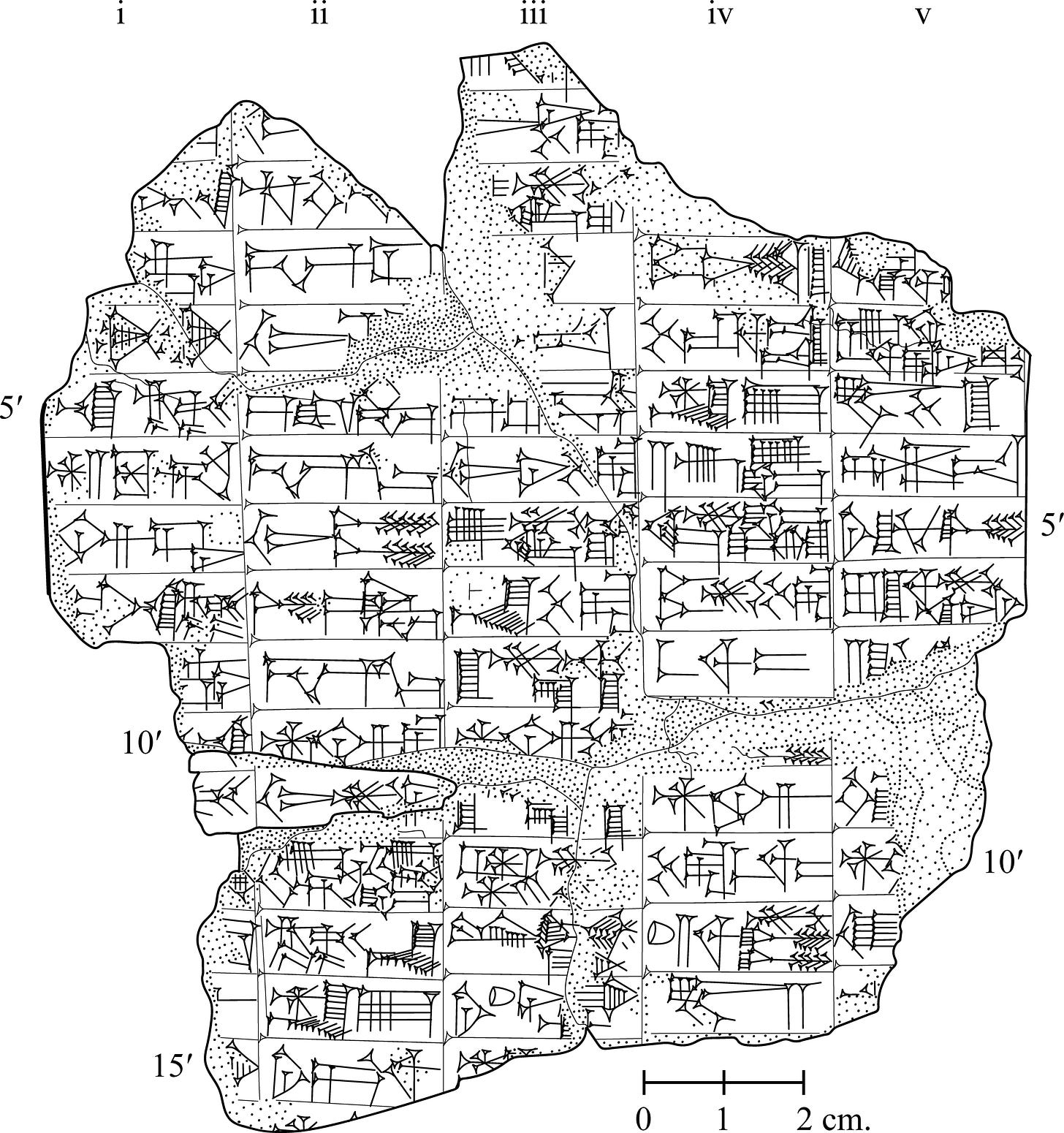🧐 Ancient Beat #159: Folklore, bluestones, and Neanderthal foodies
Happy Saturday! Welcome to issue #159 of Ancient Beat.
Here’s the latest ancient news. 👇
🗞 Ancient News: Top 5
Butchery Clues Reveal Neanderthals May Have Had “Family Recipes” — Neanderthals living 50,000–60,000 years ago in two nearby caves in northern Israel—Amud and Kebara—exhibited distinct butchery styles, despite using the same flint tools and hunting similar prey like gazelles and fallow deer. Cut-marks on bones revealed differences in meat processing techniques that can’t be explained by tool type, skill level, or resource availability. At Amud, bones were more fragmented, more often burned, and displayed dense, non-linear cut-marks, possibly indicating practices like drying or aging meat before butchering. In contrast, Kebara bones showed more linear marks, less burning, and higher evidence of carnivore damage. The findings suggest cultural traditions around food preparation were passed down within each group, hinting at localized culinary customs and social organization among Neanderthal communities. This variation in subsistence behavior over a short geographic distance points to a previously underestimated level of cultural complexity. Okay. This is a cool discovery and all, but also… 🤦♂️. What, Neanderthals can create incredible works of art, but they don’t have food preferences and traditions? Come on. You probably know by now that the constant underestimation Neanderthals (and ancient peoples in general) gets my goat. Well, my goat just got got, folks.
The Captive Storm God And The Clever Fox: A Glimpse Into Early Sumerian Mythmaking — A 4,400-year-old clay tablet from Nippur, catalogued as Ni 12501, was found a while back but has only now been analyzed. It preserves a myth in which Ishkur, the Sumerian storm god, is imprisoned in the kur—a term for the underworld or a cosmic boundary—causing agricultural collapse and societal distress. Enlil, king of the gods and Ishkur’s father, calls a divine council to address the crisis, but none of the gods volunteer to rescue him. Only a fox accepts the task. The fox tricks underworld hosts by hiding the food and drink they offer, but the story breaks off before Ishkur’s fate is revealed. The tale presents the earliest known instance of a cunning fox as a mythic figure, centuries before its appearance in Aesop or medieval European folklore. It reflects southern Mesopotamia’s ecology, where irrigation—not rain—was the primary source of fertility, giving Ishkur a paradoxical role as a rain god in a land shaped by canals. The tablet highlights regional religious storytelling and shows how Sumerians envisioned rescue, renewal, and divine intervention through both gods and animal tricksters. Super cool. I love folklore
Now‑Srged Migration Routes Redraw Map Of How Humans Settled Beyond Africa — A new glacial isostatic adjustment (GIA) model combined with DNA and archaeological data reveals that during and following the Last Glacial Maximum (~21,000 years ago), exposed coastal areas—now submerged—served as migration corridors between Africa, West Asia, and the Mediterranean. Routes include the Sinai crossing, Gulf of Aqaba, Bab el Mandab to the Arabian Peninsula, Foul Bay to the Mediterranean, and island-hopping across Sicily and the Messina Strait. Some pathways remained accessible longer than previously thought, aligning closely with genetic dispersal patterns traced in human DNA studies. The research highlights vast “aquaterra” landscapes now underwater yet potentially rich in archaeological remains.
Revisiting Stonehenge’s Bluestones: Why the Newall Boulder Matters — A small rhyolite fragment just 8½ × 6 × 4 inches, excavated at Stonehenge in 1924 and recently reanalyzed, matches geochemically with the Craig Rhos‑y‑Felin outcrops in Wales—over 125 mi west—strengthening the case that Neolithic builders deliberately transported bluestones rather than relying on glacial action. The fragment shows human‑made edge damage and lacks glacial striations. It closely resembles the broken stump of Stone 32d at Stonehenge and certain rhyolite pillars in Pembrokeshire, suggesting it may have fractured during transport or placement. The evidence supports human hauling—possibly via sledge, rollers, or river systems—across more than 200 km.
Spirits Of The State: How Alcohol May Have Helped Build Ancient Hierarchies — A new cross‑culture analysis investigates whether communities brewing fermented drinks like beer, wine or mead helped foster early complex societies. Drawing on data from 186 mostly non‑industrial cultures before colonial influence, the study finds a modest but consistent association: societies with native brewing typically had more administrative layers, suggesting fermented alcohol may have eased cooperation, trust and public bonding. Drinking in communal jars under elite supervision could have helped transition from kin‑based groups to stratified hierarchies—though agriculture remained the stronger driver. The effect remains significant even when factoring in environment and farming, though interpreted as secondary. This “drunk hypothesis” argues intoxication’s role may have facilitated creative problem‑solving and social cohesion in ritual and political contexts across regions like Mesopotamia, the Andes and Indo‑Europe. Alcohol here is seen less as the cause of state power than as a supporting ritual technology embedded in tradition.
That’s it for the free Top 5! If you’re a free subscriber, sign up for the paid plan for another 26 discoveries and 5 recommended pieces of content covering lake settlements, tattoos, and rituals.
Until next time, thanks for joining me!
-James
Twitter: @jamesofthedrum
P.S. Here’s my Buy Me A Coffee link if you’d like to support my efforts with a donation.
P.P.S. If you want access to the paid version but it’s a little too steep for you right now, just email me — I want this to be accessible.
P.P.P.S. Paid members, read on!
🗞 Ancient News: Deep Dive
Keep reading with a 7-day free trial
Subscribe to Ancient Beat to keep reading this post and get 7 days of free access to the full post archives.


